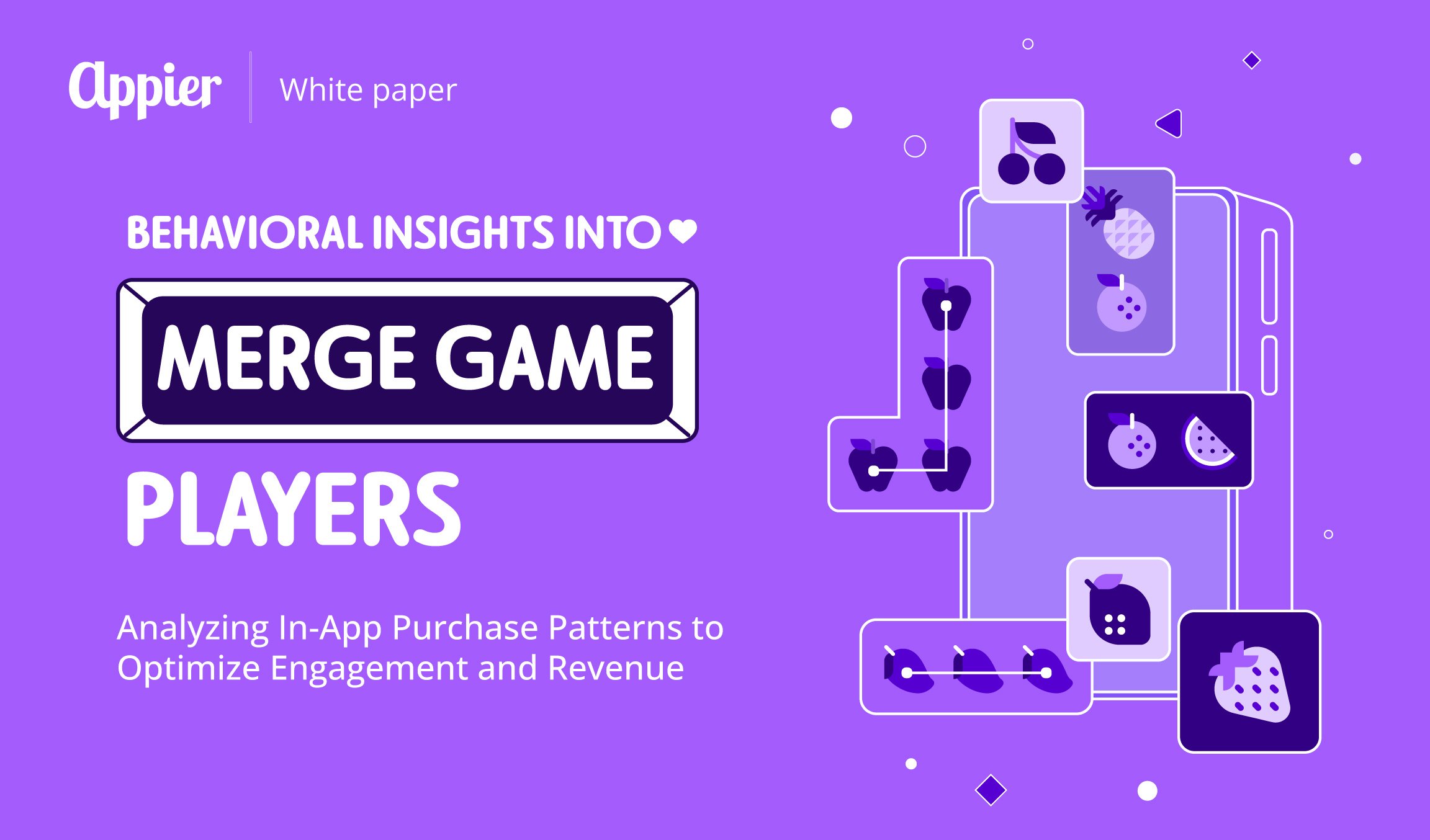4 min read
Author | Alban Villani, SVP of Sales for Europe, Appier
Marketing global means thinking local. The world is getting smaller, and brands can market their products all over the world. Physical borders are no longer an obstacle, and consumers have a wealth of goods at their fingertips. However, it’s vital to clearly understand how other countries and regions operate to sell to them successfully.
Access to the internet has spread as individual regions have gained better technology infrastructure, and Southeast Asia in particular has seen an explosion in internet penetration. According to a 2019 Google-Temasek report, the Southeast Asia internet economy will be worth US$240 billion by 2025.
What does this mean for cross-border e-commerce into and around Asia and the digital marketing that supports it?
Shoppers in countries like Japan, South Korea and China typically prefer to purchase from local e-commerce platforms. According to DataReportal, Southeast Asia is seeing an increasing number of people shopping outside their home countries, including via Amazon, Shopee, Lazada and Tokopedia, offering shoppers more variety. The pandemic means that people have been restricted to online shopping almost exclusively, leading them to look for new products in new places both in terms of platforms and physical locations.
Whereas in several western countries desktop is still king, in Asia, much of this shopping is happening via mobile devices. There were two billion mobile internet users in Asia in 2019, with 2.7 billion expected by 2025, according to GSMA. Shopping via apps is also growing fast – during the height of the pandemic, 85 percent of digital consumers in Southeast Asia tried new mobile apps. These global apps are also giving shoppers access to large foreign marketplaces, and marketers must move fast to anticipate consumer shifts and prepare to meet them via their preferred channels and devices.
Artificial intelligence (AI) is one of the most critical technologies to help marketers keep pace with international consumer behavior. Global marketers are managing a lot of data about multicultural buyers, including language, traditions, seasons, device preferences, time zones and more. For many marketers, much of this data remains siloed, and the first thing AI can do is pull multiple data sources into a single place. Combined data from websites, apps, search engines and so on creates complete customer profiles. AI can then quickly pinpoint the specific needs and interests of individual shoppers across multiple locations.
AI can also inform marketers about the best channel to reach the customer, with which product, and at what time. For example, in some places, over the weekend it might be a deal received on a tablet, and on Monday morning, a push notification on a smartphone. In other geographies, it might be via desktop and on a weekday. For example, according to Klarna and iPrice respectively, Swedish consumers do most of their online shopping from 9-10pm on Sundays, while Southeast Asian shoppers only spend seven to 12 minutes per day on e-commerce sites so reaching them at these critical moments is extremely important.
With AI, marketers can quickly adapt communications – images, text, product benefits, etc. – to individual customers at a much greater scale than they could manually. Personalized calls-to-action convert up to 200 percent better than generic versions (also according to eMarketer), an encouraging number for marketers who have invested or are planning to invest in an AI technology partner to help them tackle the problem of personalization to a wide variety of cultures, nationalities and locations. A Google study of shoppers in major economies including Brazil, India, the US and the UK found that they all want to be assured of fast and secure delivery, but where Brazilians want easy access to product specifications, and Indians are more concerned with being able to quickly see warranty information.
Consumers all over the world consistently provide data about themselves, and AI improves over time as it has more data to learn from. It will continue to uncover more hidden insights and patterns that marketers can’t find manually. For example, Pizza Hut Taiwan leveraged AI and machine learning to rapidly segment customers based on real-time intent and deliver coupons and discounts to hesitant shoppers to encourage them to complete a purchase. The more data the AI analyzed, the more precise it became in delivering the best offers to the most valuable audience. For Pizza Hut, this meant that not only was the conversion rate for the later weeks of its AI-powered promotion period higher than the first, the AI also clearly identified the point in the customer journey when the coupon would be most effective.
Consistently anticipating the needs of customers – both at home and abroad – and delivering relevant content at the right time via the right channel leads to meaningful, long-term relationships that translate to business growth.
This was originally published on The Drum.



-1.png?width=3000&height=1834&name=SuperLike_%E5%B7%A5%E4%BD%9C%E5%8D%80%E5%9F%9F%201%20(1)-1.png)